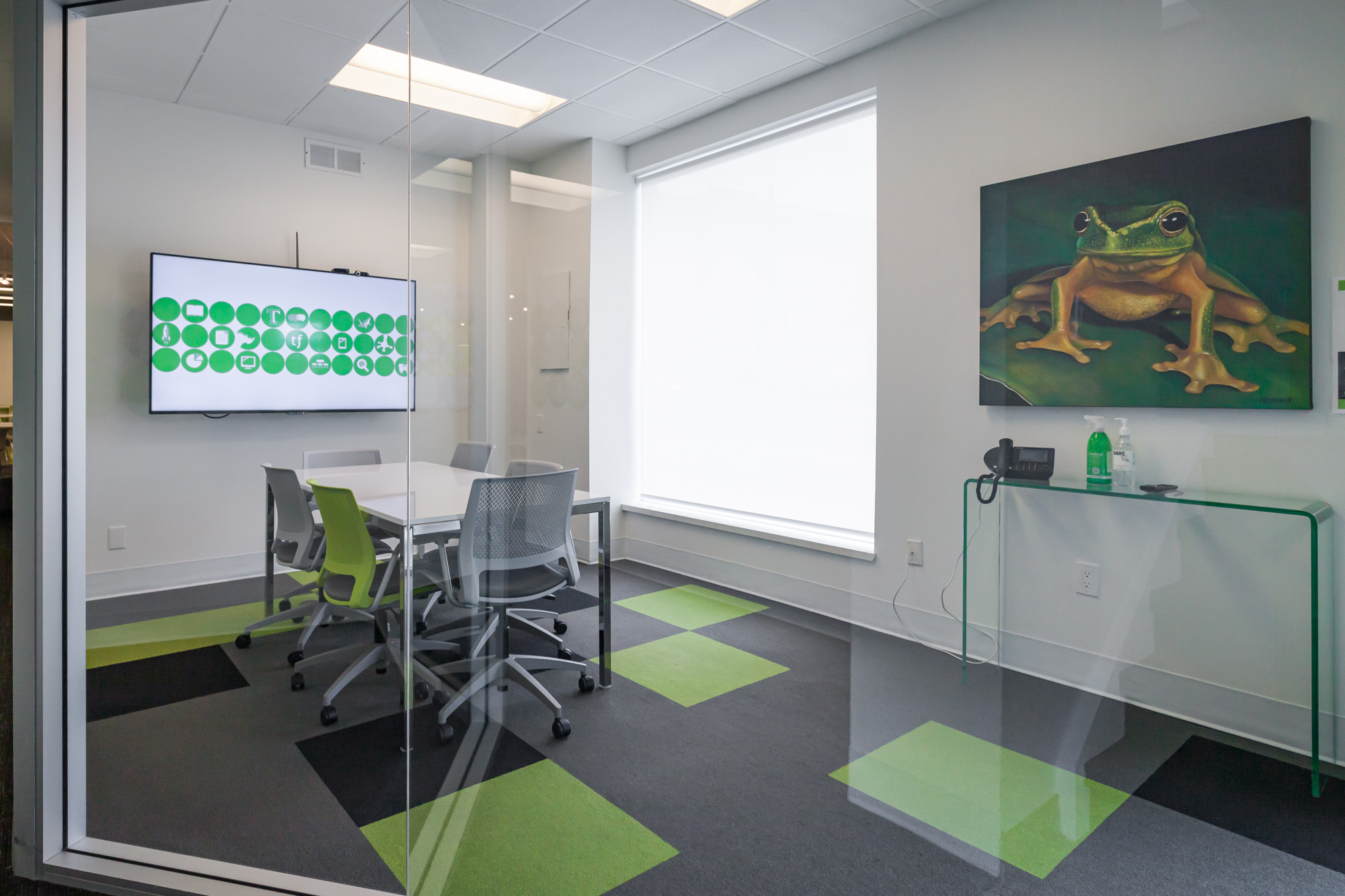Businesses everywhere are making a major mistake in their office interior design thinking. They see empty desks from hybrid work and think smaller spaces mean bigger savings. Companies rush to cut square footage, believing less space equals more efficiency. This thinking creates cramped offices where productivity drops and stress rises. Workers fight for meeting rooms, struggle with poor air flow, and feel overwhelmed in tight quarters.
The truth is different. Smart office space planning shows that efficiency comes from how you use space, not how little you have. When professional interior design teams work with businesses, they prove that smaller spaces can work well, but only with careful planning. A skilled office interior designer knows that good commercial interior design creates environments where every square foot serves multiple purposes while keeping workers happy and productive.
The Real Cost of Wrong Size Decisions
Office space data from 2025 tells an important story. Global office use rates hit 40% this year, up from earlier periods. Yet 46% of companies still plan to cut office space in 2025, down from 75% in 2024. This shows many businesses are learning that simple downsizing often fails.
When office space planning ignores how people actually work, problems multiply fast. Workers get stressed in cramped conditions. Teams cannot find proper meeting spots. Storage becomes a nightmare. Office furniture design gets squeezed into impossible layouts. These issues hurt productivity more than any rent savings help the bottom line.
Professional office interior design teams see these problems daily. They know that reducing space without strategy creates more costs than it saves. Smart commercial interior design considers how people collaborate, where they focus best, and what tools they need throughout the day.
Understanding True Space Efficiency
Real efficiency in office interior design measures results per square foot, not just cost per square foot. A skilled office interior designer focuses on creating spaces where furniture and layouts serve multiple functions. This approach needs smart office space planning that studies when spaces get used most, how teams work together, and what individuals need to stay productive.
The best office interior design projects balance having enough people in a space with keeping it functional. Instead of just fitting more desks into smaller areas, professional teams create flexible environments. They use office furniture design that transforms spaces from individual work areas to team zones when needed.
Design-build interior partner relationships make this optimization possible. They combine office space planning with construction knowledge from the start. Professional commercial interior design teams know that true efficiency needs infrastructure supporting flexible use, technology integration, and future changes.
The Mind Connection Between Space and Work
Modern office interior design recognizes how physical space affects mental performance. Research shows tight spaces increase stress hormones, reduce creative thinking, and hurt problem-solving skills. Professional office interior designers understand that space psychology goes beyond looks to affect basic workplace function.
Good office space planning includes proper walkways, visual breathing room, and varied spatial experiences throughout the workplace. Commercial interior design that tries to pack in maximum people without considering human factors ultimately reduces overall productivity. This cancels any efficiency gains from reduced square footage.
The most successful office furniture design follows ergonomic principles that support sustained performance in compact environments. Professional teams specify solutions providing personal storage, adjustable work surfaces, and acoustic privacy without eating up excessive floor area.
Smart Zone Creation in Compact Environments
Professional office interior design in smaller spaces requires expert zoning strategies. These create distinct functional areas without physical barriers. Office space planning must carefully balance open collaboration zones with quiet focus areas. Each zone must serve its purpose without interfering with adjacent functions.
Effective commercial interior design uses office furniture design, lighting, and acoustic treatments to define zones rather than relying on space-consuming walls. This approach allows compact offices to support diverse work modes while maintaining the flexibility that makes smaller spaces viable for growing organizations.
Design-build interior partner relationships are essential for executing these complex zoning strategies. They require precise coordination between architectural elements, furniture systems, and technology infrastructure. Professional office interior designers understand how to layer these elements to create functional separation within open environments.
Technology Integration in Efficient Spaces
Modern office interior design must accommodate sophisticated technology requirements within increasingly compact footprints. Professional office space planning addresses power distribution, data connectivity, and audiovisual systems without compromising floor area or creating visual clutter.
Effective commercial interior design integrates technology infrastructure into office furniture design rather than treating it as an afterthought. Built-in power and data systems, wireless charging surfaces, and integrated display technology maximize functionality while preserving clean aesthetics in smaller spaces.
The most successful technology integration occurs when office interior designers collaborate with IT teams during early planning phases. This coordination ensures that compact offices can support advanced workplace technology without requiring additional infrastructure that consumes valuable space.
Flexible Furniture Solutions for Maximum Utility
Professional office furniture design in efficient spaces emphasizes multi-functional elements that serve various purposes throughout the day. Mobile workstations transform from individual desks to collaborative tables as needed. Modular seating systems reconfigure for different meeting sizes. Storage solutions integrate into work surfaces to eliminate separate filing areas.
Effective office interior design specifies furniture that maximizes vertical space utilization without creating oppressive environments. Professional office space planning incorporates height-adjustable work surfaces that accommodate different tasks and user preferences within the same footprint.
Design-build interior partner relationships enable coordination between furniture systems and architectural elements to create seamless integration. Professional commercial interior design teams understand how to specify solutions that provide maximum functionality while maintaining visual coherence in compact environments.
Lighting and Visual Expansion Techniques
Strategic lighting design can make compact offices feel significantly larger while improving functionality. Professional office interior designers use natural light optimization, layered artificial lighting, and reflective surfaces to create visual expansion that counteracts the psychological effects of reduced square footage.
Effective office space planning maximizes access to natural light through strategic furniture placement and transparent partition systems. Professional commercial interior design teams understand how to balance privacy needs with light distribution to maintain brightness throughout compact environments.
The most successful office interior design projects use lighting to define functional zones and create visual hierarchy within open spaces. This approach allows smaller offices to feel organized and purposeful rather than cramped and chaotic.
Sound Management in Dense Environments
Sound management becomes critical when office interior design attempts to maximize density. Professional office space planning must address acoustic privacy, noise control, and speech intelligibility without relying on space-consuming physical barriers.
Effective commercial interior design uses office furniture design, surface materials, and spatial layout to manage sound transmission. Acoustic panels integrate into workstation design, soft materials provide sound absorption, and strategic placement creates natural sound breaks within open environments.
Design-build interior partner relationships enable coordination between acoustic treatments and other building systems to ensure effective sound management. Professional office interior designers understand how to specify solutions that provide acoustic comfort without compromising spatial efficiency.
Measuring True Efficiency Metrics
Successful office interior design in compact environments requires metrics that go beyond simple cost per square foot calculations. Professional office space planning measures productivity per person, collaboration effectiveness, and employee satisfaction to determine whether space reduction actually improves organizational performance.
Effective commercial interior design includes post-occupancy evaluation to validate that smaller spaces are meeting intended functionality goals. Professional teams track utilization patterns, space satisfaction surveys, and performance indicators to ensure that efficiency gains are real rather than theoretical.
The most successful office furniture design projects include built-in flexibility that allows spaces to adapt based on actual usage data. This approach enables continuous optimization rather than one-time downsizing that may not align with operational realities.
Frequently Asked Questions (FAQ):
How can professional office interior design make smaller spaces more efficient?
Professional teams optimize office space planning through strategic zoning, multi-functional office furniture design, and technology integration that maximizes utility without compromising functionality. Commercial interior design expertise ensures that every element serves multiple purposes.
What role does office furniture design play in space efficiency?
Modern office furniture design emphasizes modularity and multi-functionality, allowing pieces to serve various purposes throughout the day. Professional specification ensures that furniture maximizes vertical space and provides storage without consuming excessive floor area.
How do you measure whether space reduction actually improves efficiency?
Effective measurement goes beyond cost per square foot to include productivity metrics, employee satisfaction, and space utilization patterns. Professional office space planning includes evaluation methods that validate whether smaller spaces are meeting organizational goals.
The evolution toward more efficient office design reflects changing work patterns and economic pressures, but success requires professional expertise that goes far beyond simple space reduction. Organizations that embrace strategic approaches to compact office interior design position themselves for sustained productivity and growth within optimized environments.
Key Takeaways
- Office space downsizing without professional planning often reduces productivity despite lower real estate costs
- True efficiency comes from optimizing space functionality, not just reducing square footage
- Professional office interior designers create compact environments that support diverse work modes through strategic planning
- Design-build interior partner relationships enable complex coordination required for efficient space utilization
- Technology integration must be planned during early design phases to avoid consuming valuable floor area
- Office furniture design should prioritize multi-functional elements that maximize utility within compact footprints
- Acoustic and lighting design become critical success factors in dense office environments
- Success metrics must measure productivity and satisfaction, not just cost reduction
- Flexible systems allow continuous optimization based on actual usage patterns
- Strategic zoning creates functional separation without space-consuming physical barriers
The Strategic Advantage of Professional Planning
Organizations that invest in professional office interior design for space optimization consistently outperform those that simply reduce square footage without strategic planning. The difference lies in understanding that efficiency requires intentional design rather than arbitrary reduction.
Professional commercial interior design teams bring expertise in space psychology, workflow optimization, and technology integration that enables smaller spaces to function effectively. When businesses partner with experienced office interior designers, they discover that strategic downsizing can indeed improve efficiency while maintaining employee satisfaction and productivity.
The key lies in recognizing that less space can be more efficient only when every element is carefully planned to serve multiple functions and support diverse work modes. This level of optimization requires professional expertise that goes far beyond simple furniture arrangement or cosmetic improvements.

